Project News ·
Livestock management for improved land condition
The Penna family are managing for the dry times to look after their land on Kangaroo Hills Station.
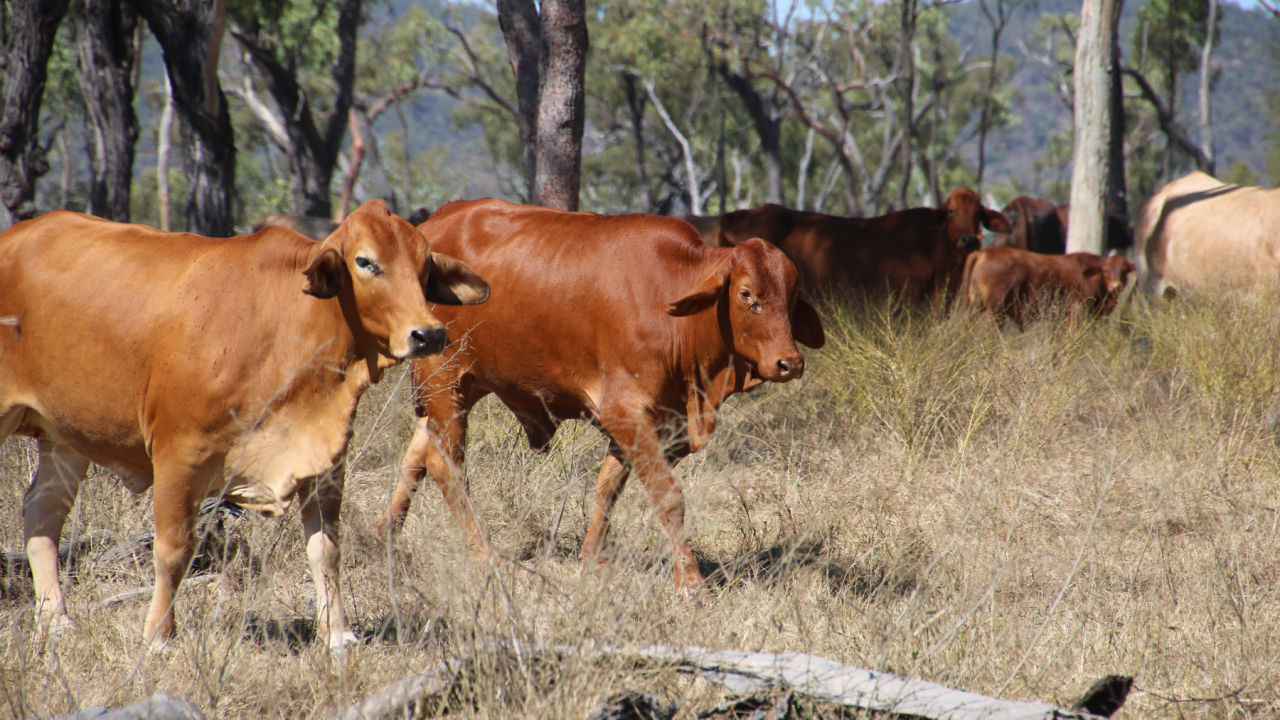
Running a profitable business while ensuring there is sufficient end of dry season ground cover has been at the core of Dino and Norma Penna’s grazing enterprise since moving to Kangaroo Hills, southwest of Ingham, in 1998.
There are two creeks — 4 Mile and Douglas — running through the hilly 62,900 ha property. With Douglas Creek flowing the length of the property and directly into the Burdekin River, the focus has been on managing stock on riparian areas.
“Fencing and water are key to improving grazing management and land condition, and our overall grazing business operation revolves around getting these things right. Fencing along riverbanks helps to control stock access to the creeks, particularly during dry seasons and providing off-stream watering points encourages evenly spread grazing throughout a paddock,” Dino said.
“We’ve increased the number of dams from 30 to 84, over the years. Making improvements takes time and can be costly, and progress can be hampered by drought years,” he said.
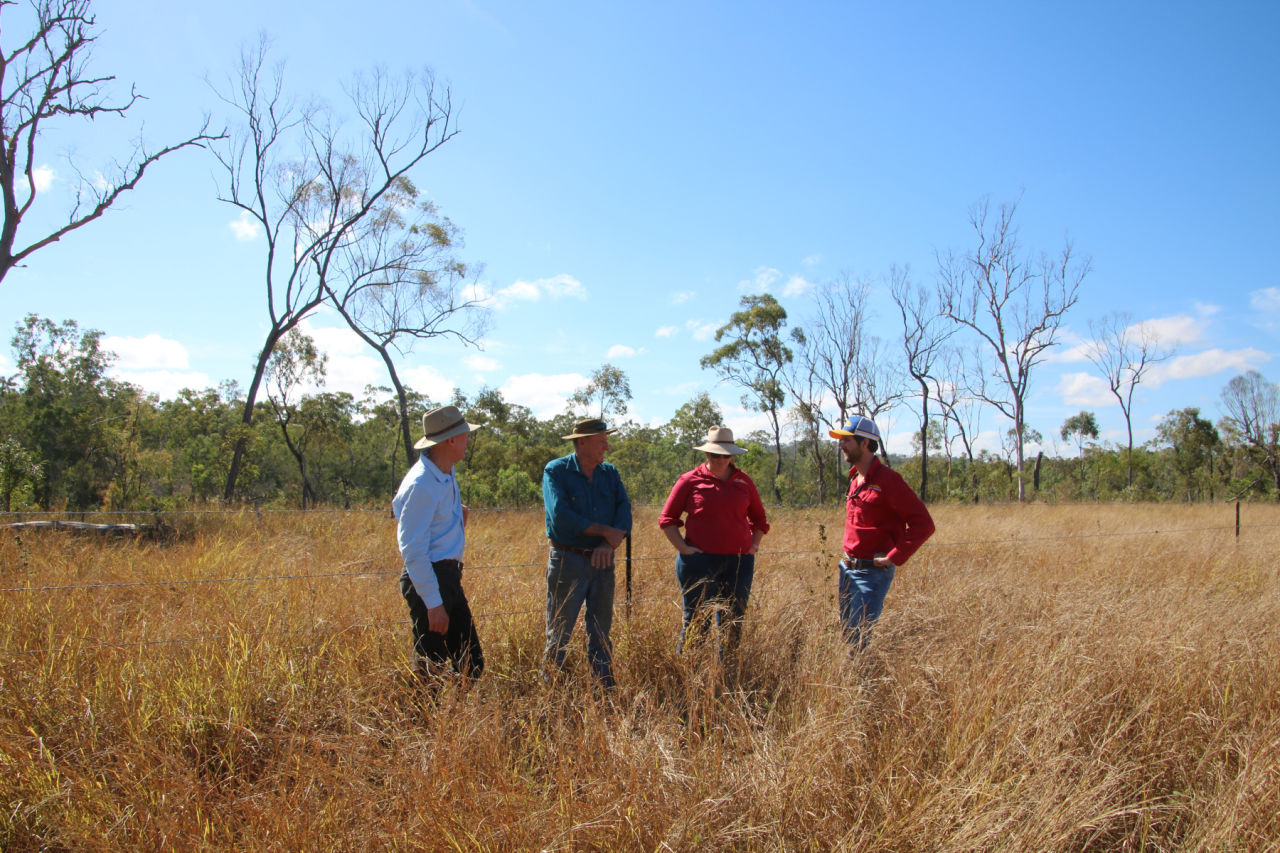
Left to Right: Rod Kerr, Kangaroo Hills grazier Deano Penna, NQ Dry Tropics Ashleigh Kilgannon and Josh Nicholls discuss the outcomes of the good grazing land management approaches. Credit: C James/GBRF
This is why the Pennas were keen to obtain support to install fencing to split a 2,680 ha paddock to enable grazing rotation to increase rest periods for pasture and encourage recovery of perennial, productive and palatable (3P) grasses.
Expertise and funding were provided through the Herding Change Through Grassroots Recovery project funded through the partnership between the Australian Government’s Reef Trust and the Great Barrier Reef Foundation.
The fencing project aimed to exclude cattle from one side of 4 Mile Creek, a watercourse dissecting the paddock, while also splitting the large paddock into two smaller, more manageable paddocks. This allows Dino to spell the resulting paddocks more effectively, as well as keeping cattle away from the steep creek banks.
The smaller paddock will be used short-term to house weaners, and spelled between mobs, and during the wet season. The larger paddock will be home to cows and calves for several months before wet season spelling.

Kangaroo Hills owner Dino Penna with the riparian fence that was constructed as part of the Herding Change for Grassroots Recovery project. Credit: NQ Dry Tropics
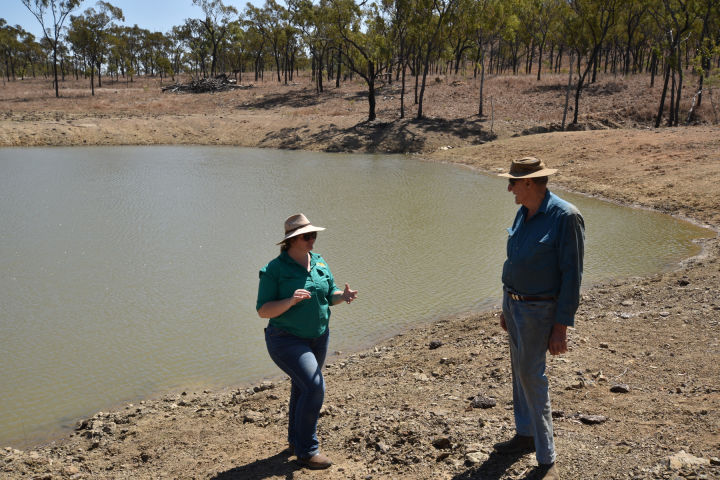
Grazing Field Officer Ashleigh Kilgannon discussing the impacts of the installation of a new dam on grazing pressure throughout the paddock. Credit: NQ Dry Tropics)
Independent of the project, the Pennas constructed a dam in the larger of the two new paddocks to ensure grazing pressure would be evenly spread. Dino will also monitor the paddocks after the new grazing system starts.
A meticulous record keeper, Dino has painstakingly kept records since moving to the property 25 years ago, from grazing records, pasture availability, rainfall, and everything in between.
“Records are important. How can you manage if you’re not monitoring? We need to monitor how cattle are faring, how the grass is faring, what’s happening with the season, and how water allocation is faring,” Dino said.
“We’re managing for the dry times. Projects like this one are all part of a bigger plan to look after our land. You have to – there’s no point having it [land] if you’re not continuously working on it and learning from past actions.”
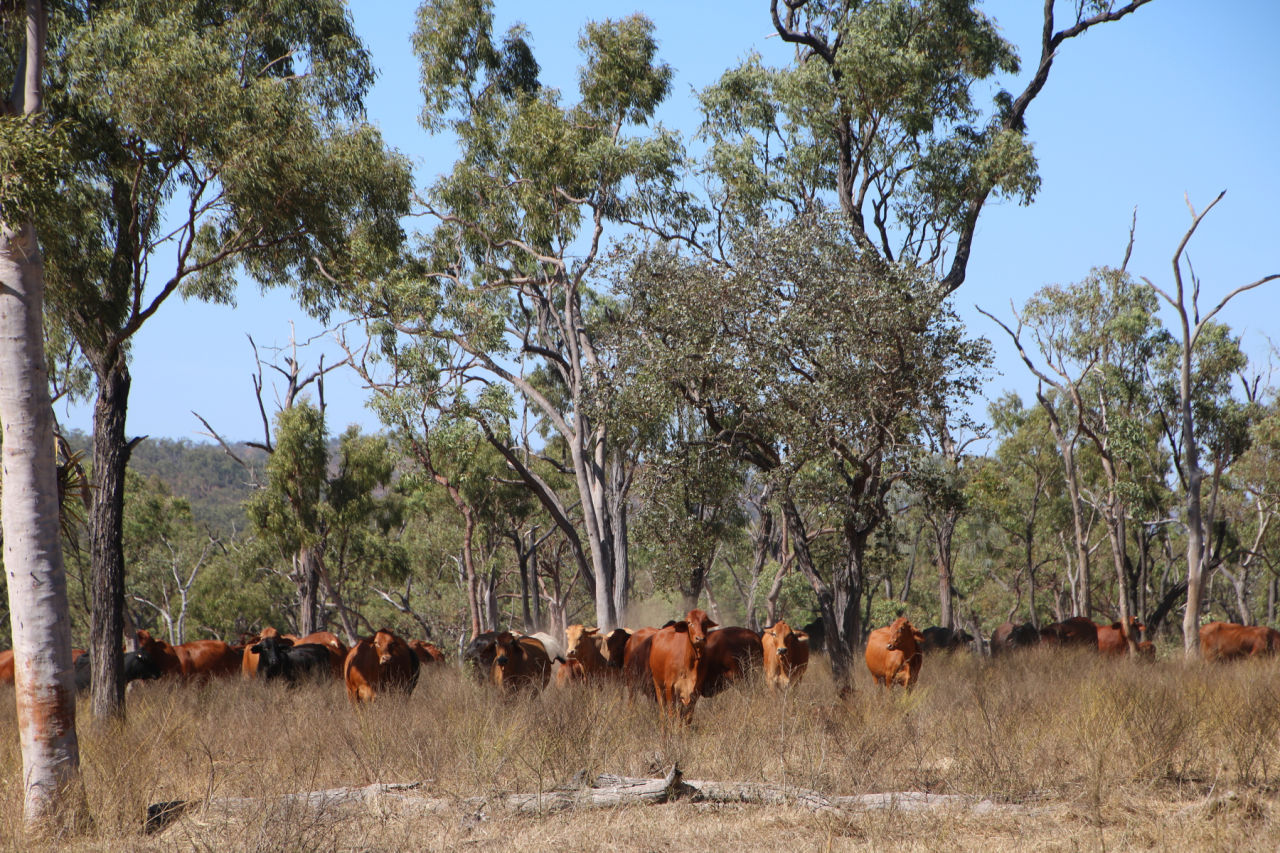
Kangaroo Hills Station. Credit: C James/GBRF
Dino said he was optimistic the project would result in increased ground cover within two wet seasons, resulting in improved water infiltration and regermination of plant species.
“Through planned grazing and rest, I’m hoping grasses and forage will come back which means over time yield will improve,” Dino said.
“This’ll allow us to have more control of the timing and intensity of grazes, and potentially, supplement feeding may be reduced.”
Dino and Norma are also constructing 13 km of riparian fencing along Douglas Creek to fulfill his long-term plan to fully fence off this creek.
Kangaroo Hills is one of more than 60 properties in the Upper and East Burdekin sub-catchments that are adopting grazing land management actions to improve land condition, productivity, and water quality. Collectively, these properties are delivering a reduction in end-of-catchment sediment load of over 49,000 tonnes of fine sediment each year.
Graziers participating in the $5.1 million Herding Change Through Grassroots Recovery project make significant cash and in-kind contributions that reflect the production and economic benefits generated from improved infrastructure on their properties. The cumulative value of the grazier contributions is now over $3.3 million.
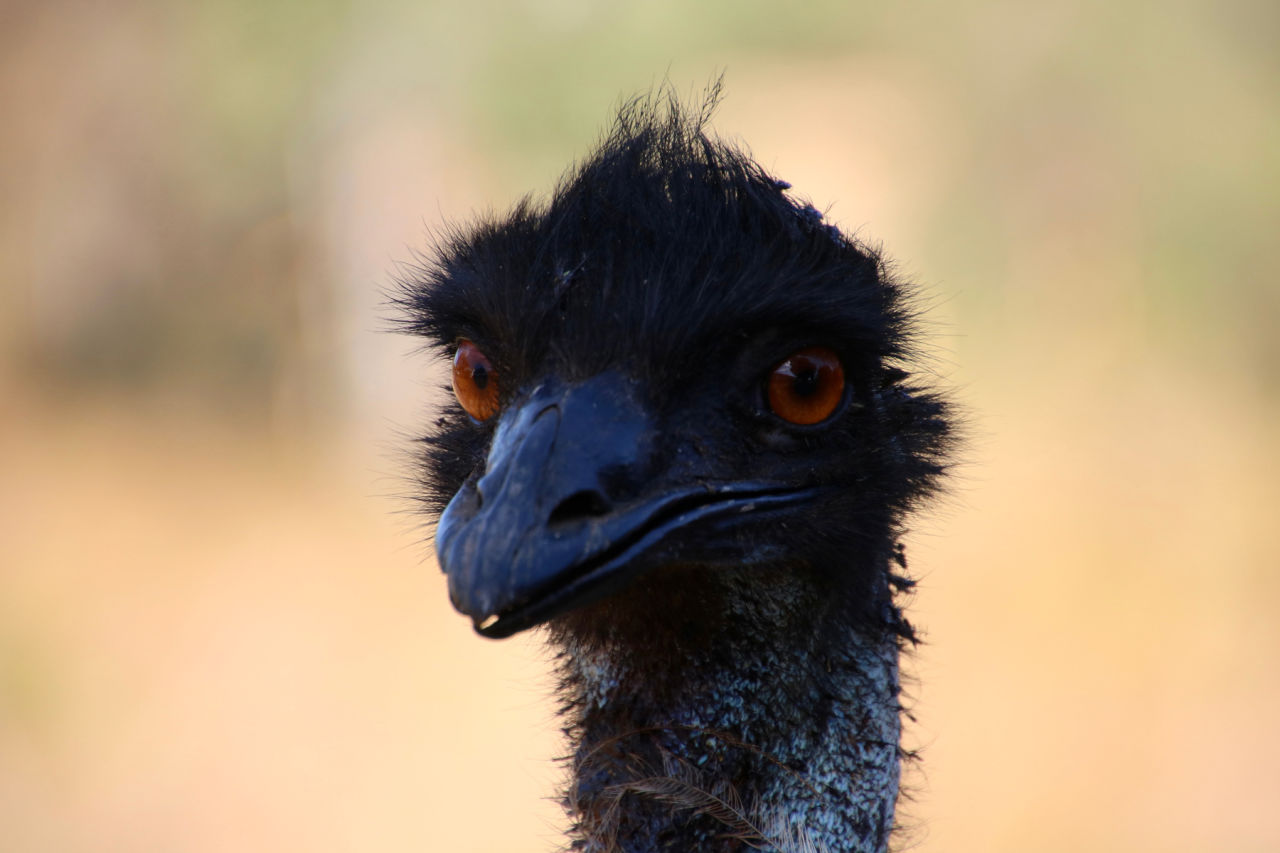
Emu - biodiversity on Kangaroo Hills. Credit: C James/GBRF
#Related

Project News ·
Community at the forefront of Reef water quality protection

Project News ·


